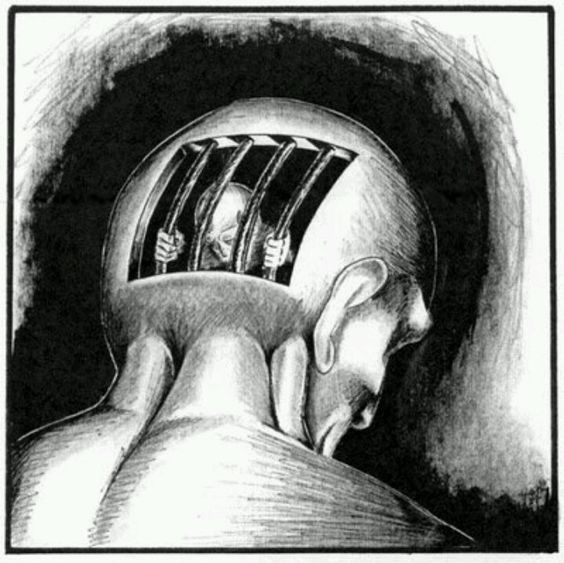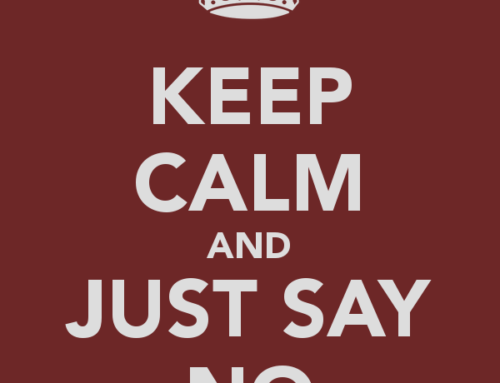For those on the outside looking in, it is difficult to understand the true complexities of hoarding disorder. Words like lazy, unconcerned, and selfish are often used to describe the person living in hoarded conditions. Many people have asked me if there is really such a thing as hoarding disorder. Some people have even expressed that giving the issue of excessive clutter a diagnosis is condoning an easy way out and facilitating excuses for copping out of responsibilities.
Why is it so difficult to understand or accept that hoarding disorder is a true mental health issue? Well, I believe I’ve come up with the reason. Let’s take, for example, schizophrenia. Schizophrenia is a mental health issue whose symptoms almost everyone is familiar with. If we were to observe someone with schizophrenia in a paranoid state or having auditory hallucinations, most of us understand that those are occurrences beyond the control of the person. Since those of us without schizophrenia don’t have the ability to stop paranoia or auditory hallucinations, few people would tell someone in this state to just stop hearing voices or just stop being paranoid.
Let’s consider someone with bipolar disorder. This is a mental health disorder that most of us are also familiar with. Who among us would tell someone with bipolar disorder to just cheer up or stop being so anxious? Few, I believe, because, just like schizophrenia, we know these symptoms are out of the control of the person, and we understand don’t have the ability to stop them.
Now let’s look at hoarding disorder. The primary and most visible symptom of hoarding disorder is clutter, lots and lots of clutter. Unlike the symptoms of schizophrenia and bipolar disorder, this is a symptom that everyone feels they would have the ability to stop. I know I wouldn’t be able to make myself stop hearing voices but I can pick stuff up. I know I wouldn’t be able to just change my mood but I can throw things out. I know I couldn’t control paranoia but I know when enough is enough. So if we know how to manage clutter, then it is difficult to understand how someone struggling with hoarding disorder can’t.
Looking back, it is difficult to come up with very many people that I have worked with that have wanted to live in their situation. If you went back 20 or 30 years and showed them a picture of their life today, this wasn’t their dream. While many people with hoarding disorder lack insight, those that do have insight would change it if they could. Many also feel that they can change it on their own – I mean, who can’t just pick stuff up or throw stuff out? Someone with hoarding disorder, that’s who.
The primary feature of hoarding disorder is extreme difficulty or the inability to let something go. With more coming into the home than going out, the result is areas of the home becoming unusable. This causes varying amounts and types of distress. Additionally, research has shown that the brains of people with hoarding disorder work differently than someone without hoarding disorder. This affects executive functioning, causing difficulty in categorization, decision making, organization, and attentiveness, to name a few. To complicate things more, the overwhelming majority of individuals with hoarding disorder struggle with at least one other mental health issue such as depression, anxiety, ADD/ADHD, and OCD. And, as if this weren’t enough, hoarding behavior is triggered by trauma and/or loss.
Let me ask you now, if you had all of this going on, what is the likelihood that you would actually be able to just pick something up or just throw something out?
Marnie Matthews, MSW, LICSW
(Members of The Clutter Movement online community have direct access to experienced and professional support, coaching, consultations, and education. Through weekly live groups, weekly virtual office hours, monthly educational webinars, topic specific forums and live chat, professional training modules, and a library full of resources we are breaking down the biggest barriers to treatment and support for hoarding: access and affordability. Now individuals, family members, and professionals have 24/7 access to affordable professional coaching, consultation, guidance, and training at their fingertips. Join us today! )






